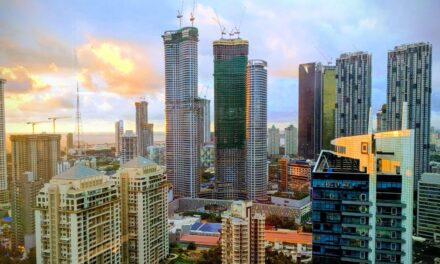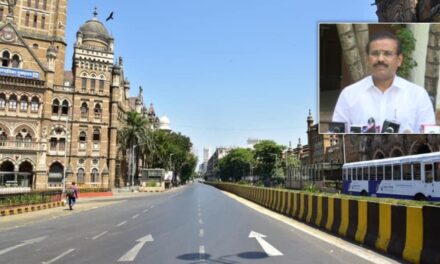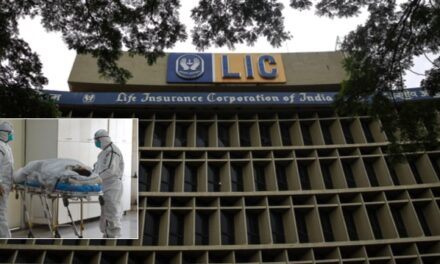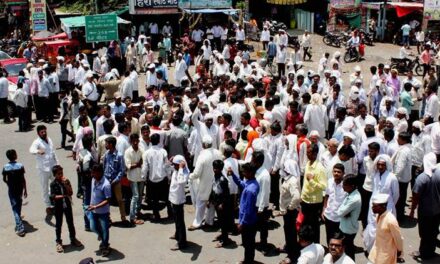8 out of 10 people have faced online harassment in India, most cases reported from Mumbai


Sexual comments and messages on social media as well as receiving disturbing emails were the most common complaints (Representational Image. Courtesy: Techhive.com)
At least eight out of 10 individuals surveyed in India have encountered some form of online harassment, cyberbullying and cyberstalking, global cyber security firm Norton by Symantec said on Wednesday.
The highest threats of physical violence were reported by victims from Mumbai (51 percent), Delhi (47 percent) and Hyderabad (46 percent), with Delhi victims (51 percent) experiencing the highest incidence of cyberbullying.
The most common forms of online harassment are abuse and insults (63 percent) and malicious gossip and rumours (59 percent).
Shockingly, 87 percent of the people with disabilities or poor mental health and 77 percent of those with weight issues reported experiences of abuse or insults online.
“The level of online harassment in India is extremely concerning. Our latest research shows that more serious forms of online harassment including threats of physical violence (45 percent), cyberbullying (44 percent) and cyberstalking (45 percent) are very high,” said Ritesh Chopra, Country Manager, Norton by Symantec, in a statement.
Norton by Symantec commissioned the survey through Morar HPI, an insight, strategy and creative consultancy, in 2017 with a sample size of 1,035 adults aged 18 and over.
The incidence of online harassment was particularly high for people in the under 40s age group, with 65 percent reporting online abuse and insults.
“It is also worrying that for over 40 percent of incidences of cyberbullying and nearly half of all cases of cyberstalking people said that the perpetrator was a stranger. Indeed, many said that they had no idea of the true identity of the person who was bullying them,” Chopra added.
Sexual harassment was also a concern for the under 40s, experienced by 40 percent of this age group.
“It is more commonly encountered by women than men but those who were most likely to report this form of harassment were people who had disabilities or mental health issues, with 69 per cent reporting being victim to this kind of abuse,” the findings showed.
Sexual comments and messages on social media as well as receiving disturbing emails were the most common complaints.
Reports of sexual harassment were highest by victims from Delhi and Mumbai (43 percent) followed by Kolkata (37 percent) and Bengaluru (36 percent).
“With India’s growing population spending more time on social media platforms and mobile applications, it is important that online users’ take basic precautions to protect their safety and security to avoid unwanted contact,” Chopra noted.
Online harassment often triggered emotional reactions, with 45 percent of the people saying it made them feel angry, 41 percent irritated and 36 percent frustrated.
Worryingly, one in four women found their experience frightening.
“These statistics indicate the real need for people to take the necessary precautions to boost their online protection,” Chopra said.
With IANS inputs












